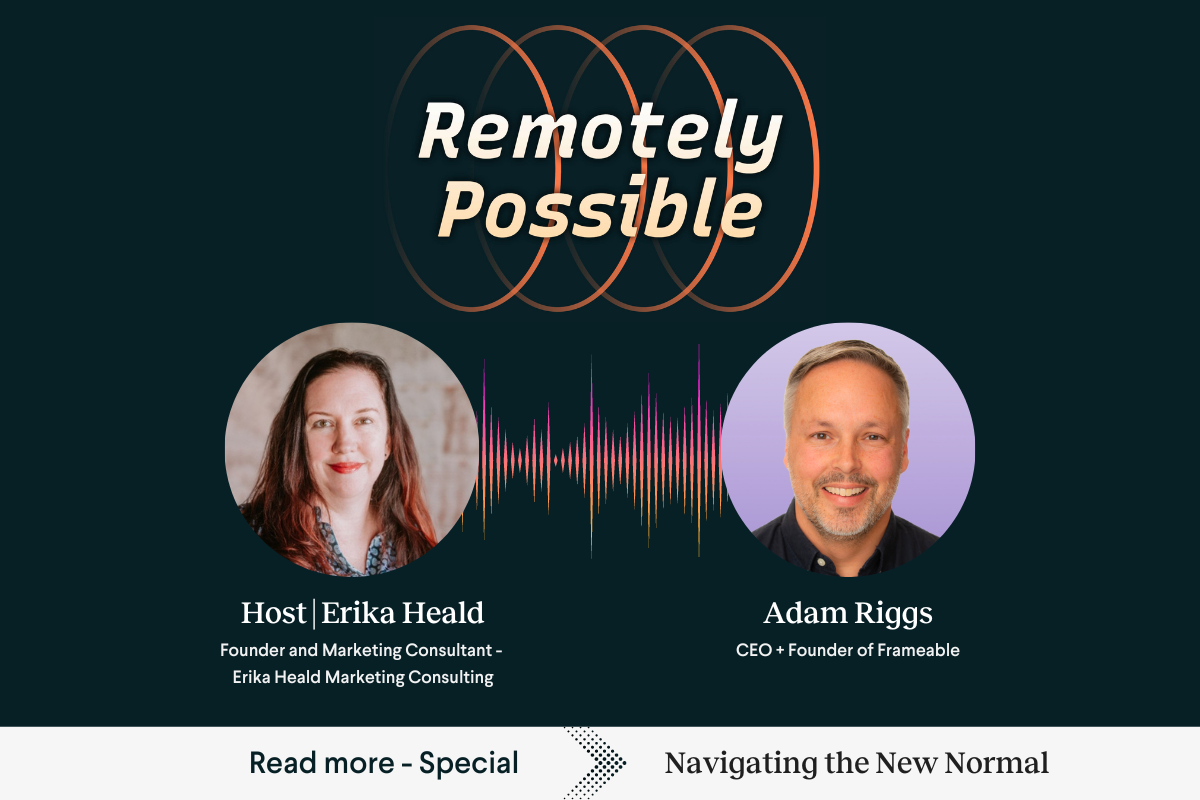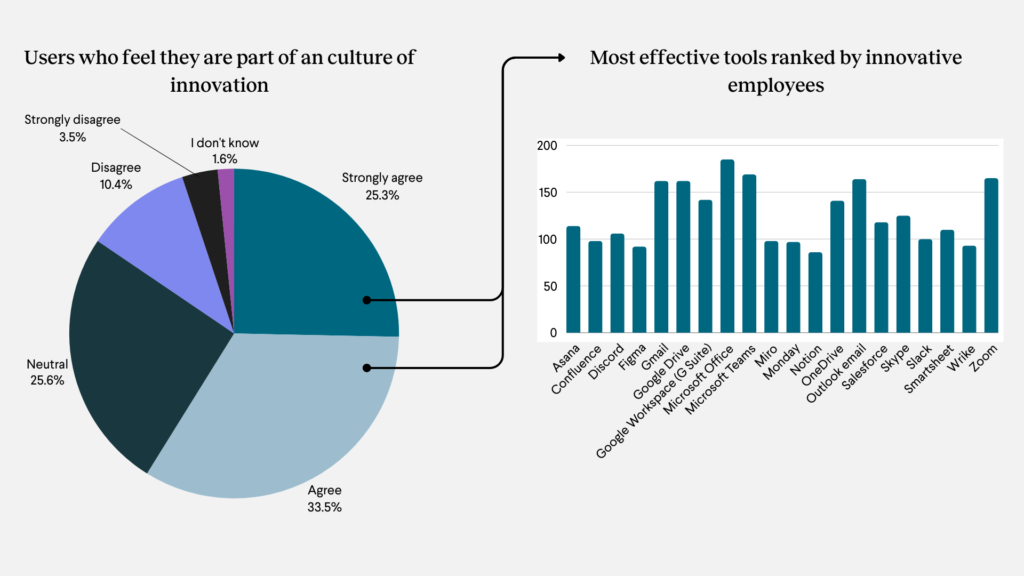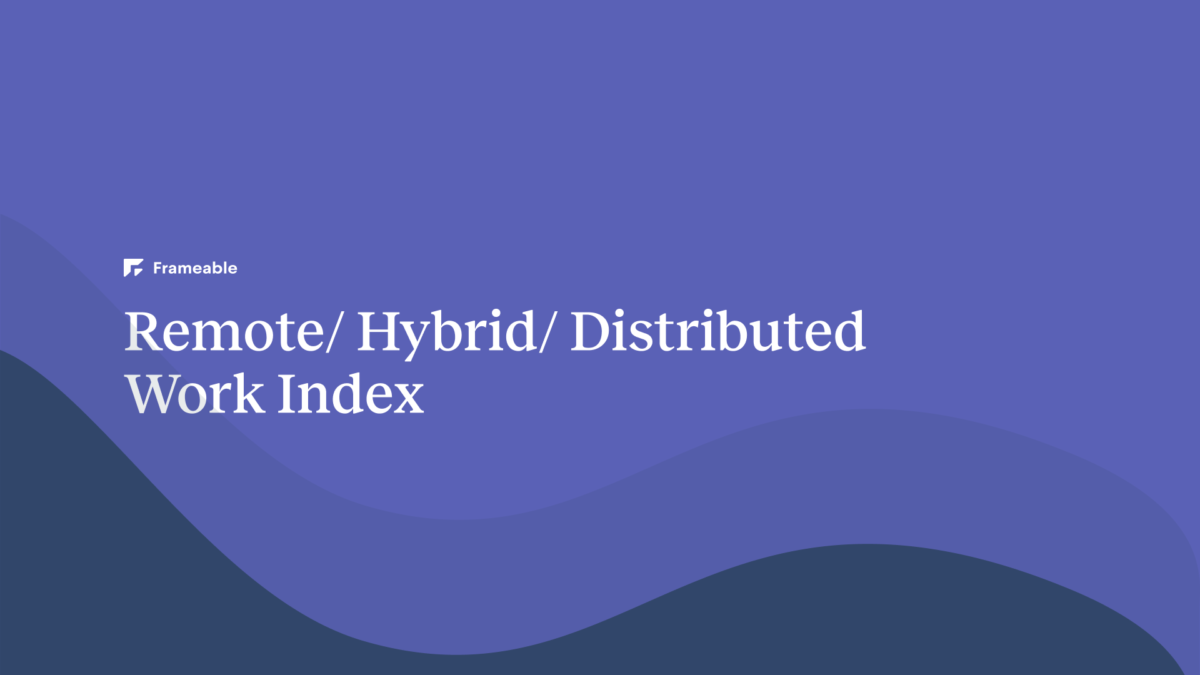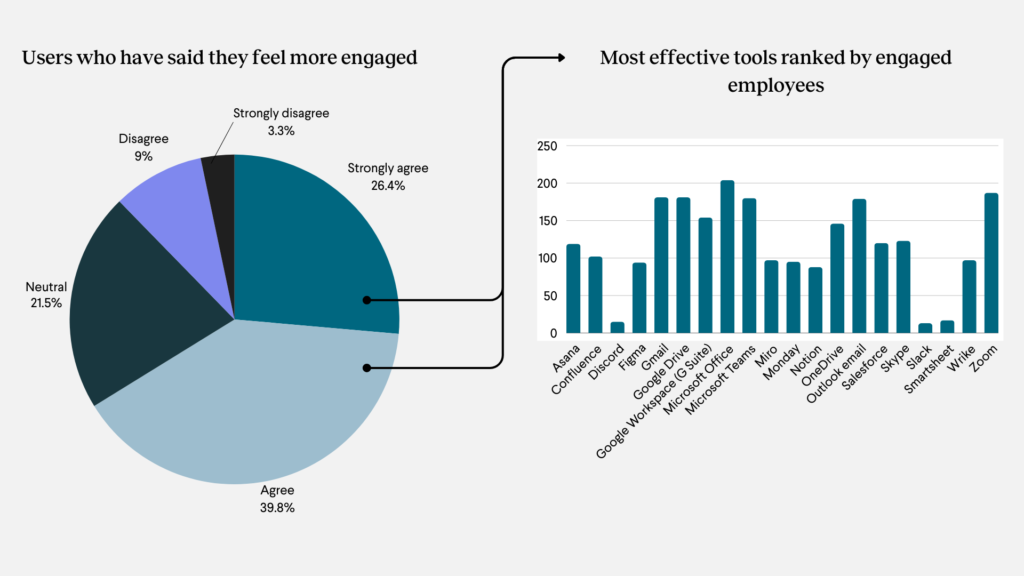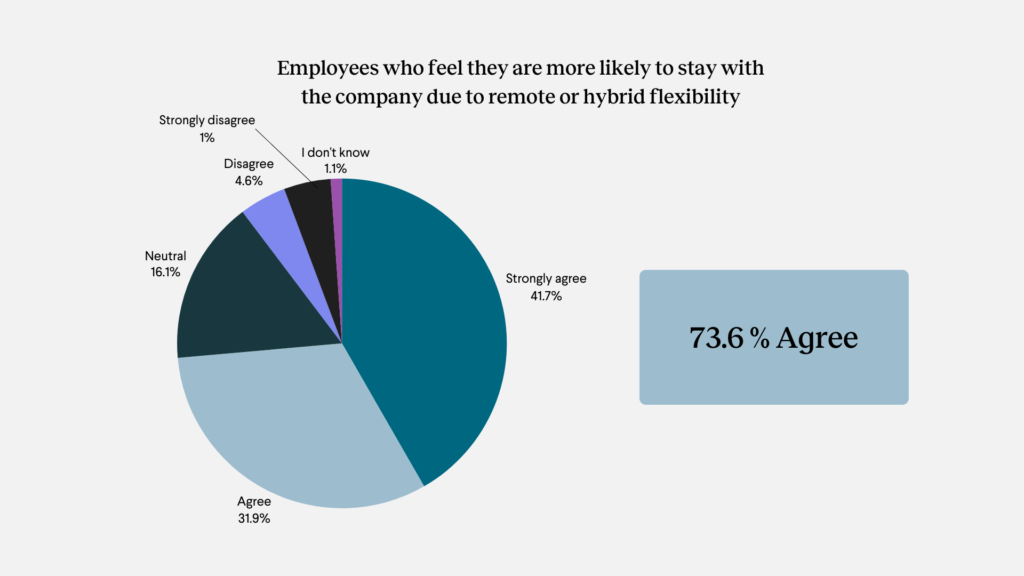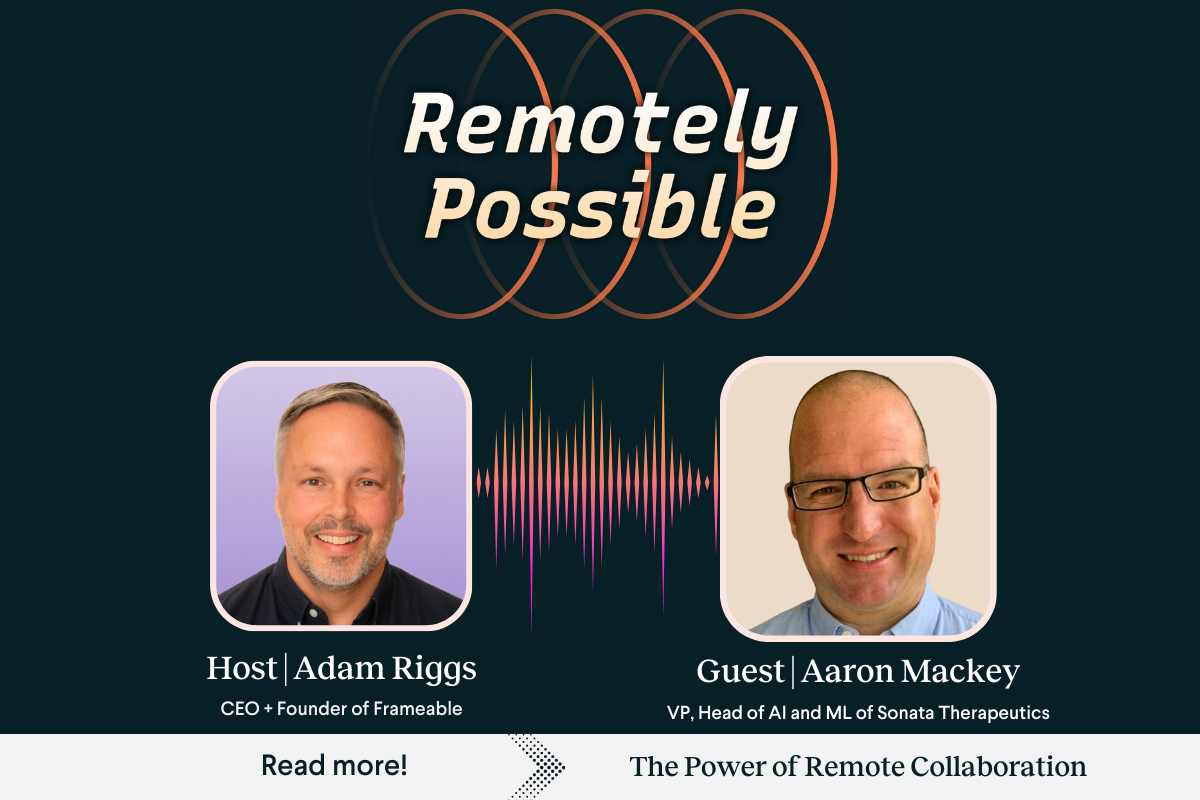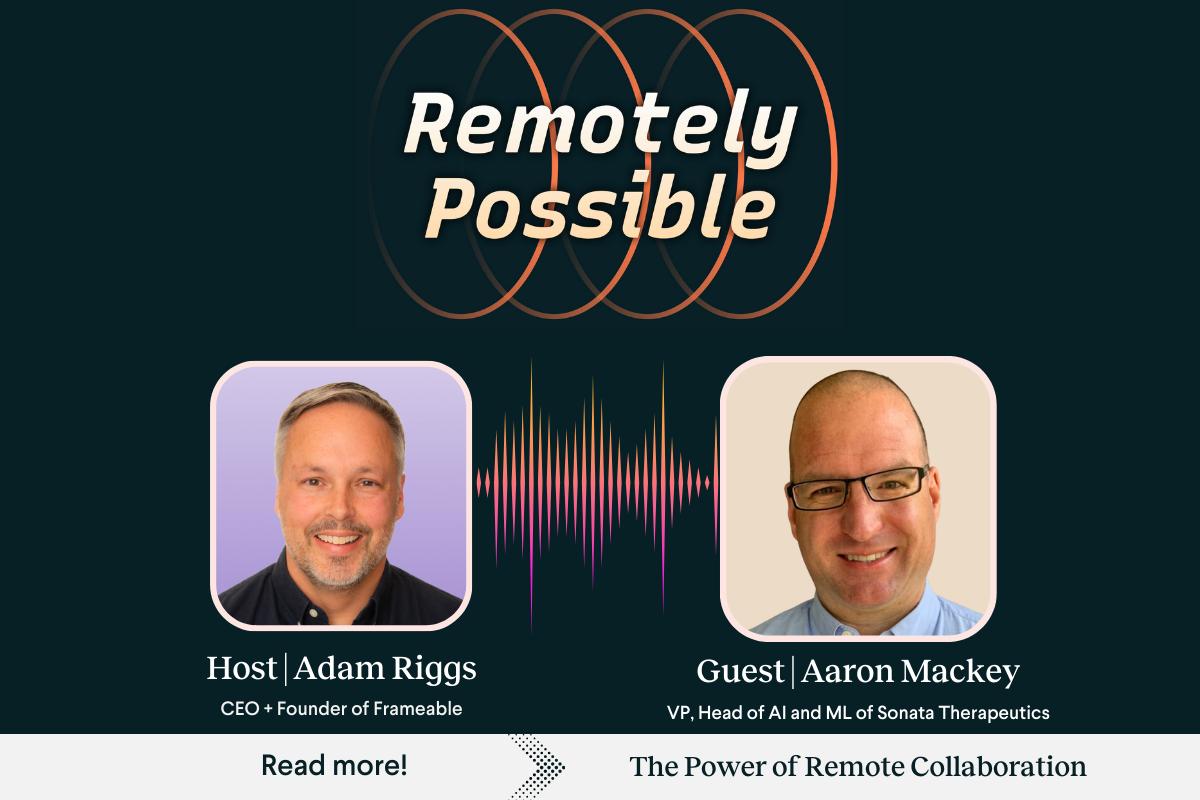If you are searching for your next CIO-focused conference to attend, finding the right balance between topics, size, and who is in attendance can be challenging. We’ve gathered a list of the top CIO conferences for the latter half of 2024, saving you time and effort. Whether your team wants to join an intimate event with focused conversations or a large-scale conference with attendees from around the world, we’ve gathered eight conferences and series you will want to check out.
CIO New York Summit
This one-day event is perfect for those with a busy schedule who still want to connect. While this event is coming up quickly, it is only held annually, so mark your calendars for next year as well.
When and where is the event?
The CIO New York Summit will be held on June 20, 2024, in New York City.
Who should attend?
This summit is designed for senior IT executives, including CIOs and IT directors from large enterprises and mid-market organizations.
What topics will be covered?
The summit will cover cloud computing, digital transformation, data and analytics, AI, IoT, cybersecurity, and strategic IT alignment. The event features keynote speeches, panel discussions, workshops, and networking opportunities to address industry trends and challenges, followed by an evening networking reception.
FutureIT Events
CIO magazine hosts a variety of in-person and virtual events geared toward IT leadership to help grow your business and goals.
When are they hosting events?
The Future IT series includes single-day events across the United States and Canada.
- New York, NY – July 11, 2024 at Convene
- Toronto, CA – September 2024 (details TBA)
- Dallas, TX – October 8, 2024 at AT&T Stadium
- New York, NY – November 21, 2024 at Convene
Who should attend?
Managers, directors, VPs, CIOs, and CISOs working with emerging technologies like AI and cloud computing or other senior or director-level IT professionals. Many of these events are invite-only, so we recommend reaching out to the organizers directly for more information on attending an event near you.
What topics will be covered?
Attending a Future IT event will provide you or your leadership team with insights into new solutions for cloud, security, and collaboration tools, along with practical case studies from successful IT leaders. You’ll also hear from leaders about how to overcome common challenges and pain points in your team’s digital transformation journey.
CIO SoCal Summit
The CIO SoCal Summit is a one-day event for technology and cybersecurity executives. The event offers a platform for CIOs to share their insights on digital transformation, cybersecurity, and strategic IT alignment.
When and where is the event?
The CIO SoCal Summit will be held on July 30, 2024, at the Hyatt Regency Huntington Beach Resort and Spa in Huntington Beach, California.
Who should attend?
Attendance is generally comprised of CIOs, CTOs, IT directors, and other Senior IT Professionals, Information Systems directors and managers, and Legal, Compliance, and Quality directors and managers.
What topics will be covered?
The CIO SoCal Summit features keynote presentations, panel discussions, and interactive workshops, facilitating networking and collaboration. The theme this year is: Create a Game-Changing IT Strategy to Accelerate Your Business. It emphasizes the critical role of CIOs in driving digital strategies and safeguarding digital assets, covering topics like risk management, compliance, data privacy, and proactive defense mechanisms.
CIO100 Symposium & Awards
Foundry’s Leadership Events and Awards bring together top CIOs, CSOs, and CISOs to share insights and success stories. At the CIO 100 Symposium & Awards, the nation’s top CIOs and industry experts will share their success stories and unique perspectives on strategy, digital leadership, and business growth. The event celebrates IT excellence with sessions on leadership, innovation, AI, and cybersecurity. Attendees can network, learn from top CIOs, and explore award-winning projects and strategies for overcoming enterprise IT challenges.
When and where is the event?
The CIO 100 Symposium & Awards will be held on August 5-7, 2024, at The Broadmoor Hotel in Colorado Springs,
Who should attend?
Managers, directors, VPs, CIOs, CISOs, and other leaders and change-makers working in the IT field. Registration is currently open for IT executives of organizations with more than 500 employees.
What topics will be covered?
The keynote presentation will be delivered by Dr. Poppy Crum, a renowned futurist, neuroscientist, and technologist who explores the intersection of technology and human evolution. As an adjunct professor at Stanford University, she leads research on robotics, AI, augmented reality, and sensor fusion to transform industries impacting daily life sustainably. Formerly she was the Chief Scientist at Dolby Laboratories, where she developed technologies that leverage human physiology and behavior to enhance interaction with the world through immersive tech and personalized data.
Along with additional networking opportunities, some of the topics to be covered will include:
- Data management and governance
- Reducing technical debt to increase innovation
- Cost optimization for cloud scaling and AI
- Scaling AI for new business models
- Aligning cybersecurity strategies with business imperatives
- Breakthrough team performance
Digital Enterprise Transformation Assembly
When and where is the event?
The Digital Enterprise Transformation Assembly will be held on August 22-23, 2024 at The Omni Barton Creek in Austin, Texas.
Who should attend?
The Digital Enterprise Transformation Assembly is designed for global and enterprise CIOs and senior IT executives looking to connect with peers to discuss industry trends and challenges.
What topics will be covered?
Key topics include digital transformation, big data, AI, economic strategies for CIOs, cloud value, data governance, cybersecurity, and strategic IT alignment.
While the agenda is currently reserved only for those registered, some of the speakers listed include executives from Salesforce, Zoom, American Airlines, The Estee Lauder Companies, Mondelez International, Cleveland Clinic, and Blue Cross Blue Shield.
Global CIO Executive Summit
When and where is the event?
The Global CIO Executive Summit will be held from September 18-20, 2024, at the Fairmont Grand Del Mar in San Diego, California.
Who should attend?
This regional summit is a smaller-scale, intimate event with generally under 150 people in attendance. This is an ideal space for C-level executives to connect and grow their already global business. This invite-only event guarantees that you are surrounded by industry leaders in your region who are looking to connect and grow their businesses.
What topics will be covered?
The Global CIO Executive Summit will feature interactive keynote sessions with IT leaders, group networking opportunities, and personally-matched one-on-one meetings.
Gartner IT Symposium/Xpo
The Gartner IT Symposiums are one of the most attended IT yearly events by IT and technology leaders. Hosted by Gartner, one of the most recognizable names in the technology space, consistently delivers a high-quality experience for leaders across the industry.
When and where is the event?
The Gartner IT Symposium/Xpo will be held on October 21-24,2024 in Orlando, Florida.
Who should attend?
This conference is ideal for CIOs, CISOs, Chief data and chief analytics officers, VPs of IT infrastructure and operations, and Senior application leaders.
What to expect
This year features a great line-up of speakers including Jensen Huang, Founder and CEO of Nvidia.
The following topics are also set to be on the agenda across the conference:
- Artificial intelligence and its impact on software, talent, and governance.
- Emerging technologies, tech innovations, and their enterprise impact.
- Cybersecurity
- Digital and business transformation
- Continuous change leadership and developing a forward-thinking culture.
- Strategic planning and execution including strategies for growth and business optimization.
AWS re:Invent
The AWS re:Invent conference is the place to be if you are an organization that relies on AWS systems in any way.
When and where is it?
AWS re:Invent will be held on December 2-6, 2024, in Las Vegas, Nevada.
Who should attend?
The event is ideal for developers, engineers, system architects, IT executives, and anyone interested in or who employs AWS and cloud computing services.
There are a variety of conference tracks available to suit the needs and interests of a variety of attendees, making it a great conference for a larger group to attend.
What topics will be covered?
Topics include AI, machine learning, security, cloud architecture, and over 2,500 technical sessions. The event also features keynotes, training, certifications, and networking opportunities with AWS experts.
Cost to attend:
Full conference passes start at $2,099.
Looking Ahead
The future of work is in the hands of CIOs around the world as we continue to understand and consider how AI and new technologies will shape our lives and the way we do business. If your team is built on the belief that being forward-thinking and preparing for the future is one of the best steps to growth and impact, these conferences will surely set you up for success and keep you in good company. If you’re looking for other conferences to attend this year, explore our round-up of top Future of Work conferences also happening this year.
As you continue your digital transformation journeys, prepare for the future of work with Frameable, the platform transforming the future of remote and distributed work.



